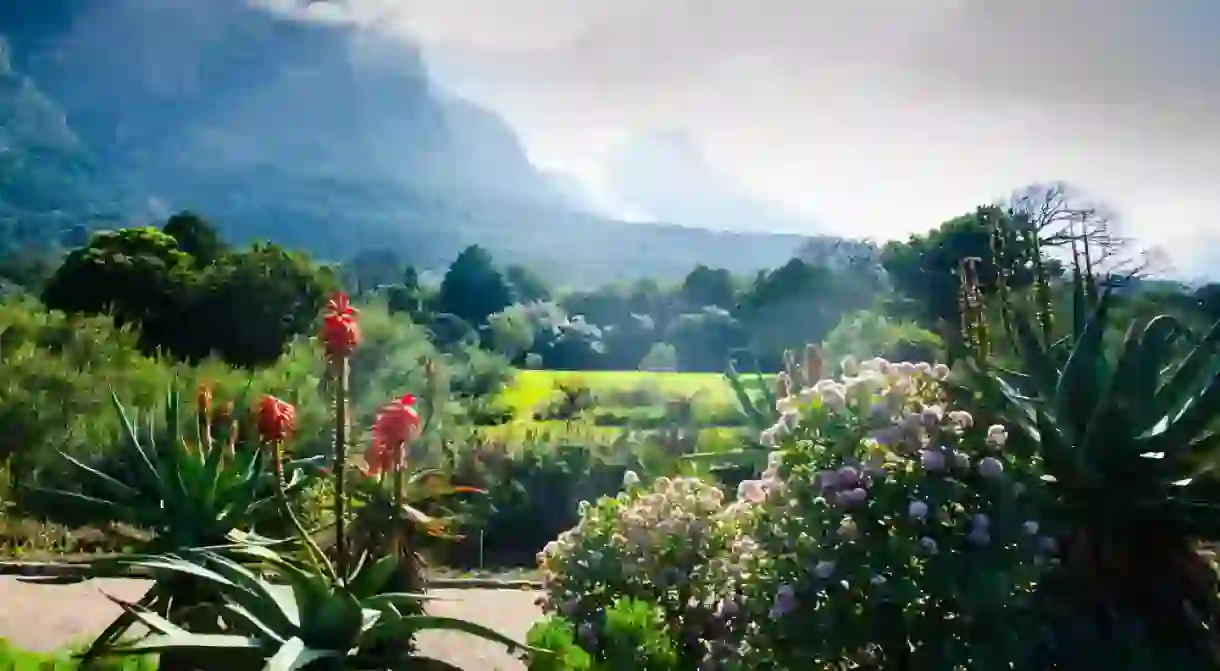South African Money Reflects the Country's Love and Sustainability Towards Nature

South Africa’s coin and note making facilities are among the best in the world. So much so that the South African Mint creates money for countries around the world. Though we encounter the country’s money everyday, many overlook how it reflects the nation’s love towards South Africa’s incredible natural diversity.
Most Famous Coin in the World
The most famous coin in South Africa, if not the world, is the Krugerrand. It was the first gold bullion coin in the world, and is still the most widely held and actively traded coin of its kind.
Though the first mint in South Africa, and the African continent, dates back to 1892, in many ways the Krugerrand led the way for South Africa’s unique coin and note collections. Today each note and coin in the country is a small canvas demonstrating the South Africa’s dedication and love for nature.
The South African Rand
The name of South Africa’s currency, the rand, comes from the gold-rich reefs called the Witwatersrand near Johannesburg. The coins have gone through various designs and iterations since the South African rand replaced the British pound in 1961 and today, the South African Mint produces approximately two billion coins per year for the local market.
So prized are the Mint’s high standards that they also produce notes and coins for countries on three continents. With more than 100 years of experience, few mints in the world can match South Africa’s expertise and advanced equipment. And many people who handle these coins on a daily basis have little idea about what goes into their production.
How South Africa makes world class coins
The first step in the coin production process is their graphic design. In-house engravers and designers propose various ideas in rough sketches, and then painstakingly translate this into three-dimensional sketches that can be engraved onto the coins. Given the minute size of the artwork on coins, the complexity of coats of arms, official details and portraits present on most coins, this is not a small task.
Once the team has locked down a design, the client will choose the material. This is usually cupronickel or various aluminium, but can sometimes include exotic alloys with special features – for either aesthetic or security purposes.
From this point on, South Africa’s advanced facilities automate much of the process. Blank sheets move through rollers and precise electronic measuring devices to ensure the correct dimensions. They then arrive at a punch that knocks out perfect blank metal circles from the large strips.
Blank coins then arrive at high-speed presses loaded with the designs. These strike the blanks with force to impart the decals and intricate details, such as national symbols, political figures, various images, and the denominations. And with that, they’re ready to make their way into national circulation.

The story behind the animals on South Africa’s coins
Pull a handful of coins out from your pocket and you’ll notice that they display a variety of plant and animal life.
The highest denomination coin, the five rand, features the black wildebeest. The two rand coin features a kudu, and the one rand a springbok – South Africa’s national symbol. The springbok also features on the Krugerrand, and several other official items in the country. The smallest denomination coin still in wide circulation is the 50 cent coin, and it features the iconic strelitzia, or bird of paradise flower, native to South Africa.
The smaller denominations – 20, 10, five and one cent pieces – are no longer in wide circulation, but they feature iconic plants and animals also native to South Africa, including the protea, arum lily, and the country’s national bird, the blue crane.

The animals of South Africa’s bank notes
South Africa’s bank notes are no different. They too feature highlights from South Africa. Speaking at the launch of the new bank notes, then-governor of the reserve bank Tito Mboweni said that they “are a window on the country, its people, heritage and culture”.
The current South African bank notes feature each of the so-called Big Five — the rhinoceros, elephant, lion, buffalo and leopard. On the reverse is an iconic portrait of late president Nelson Mandela.
Among the animals and portrait are a selection of other national symbols, including the coat of arms adopted when South Africa became a democratic state. Many of these serve a double purpose as security measures. And though each note front features English, the other official languages are shared on the back across the various notes.

Sustainability towards nature
Though economic development often eats into the natural environment, and is seldom associated with conservation and sustainability, the presence of these animals and plants on South African money is an important reminder of the country’s commitment towards the environment.
According South Africa’s Department of Environmental Affairs, conservation and economic development should compliment each other. The country’s wildlife is under constant threat, and as such South Africa channels much of the proceeds of its development into conservation efforts.
There are several ongoing initiatives in South Africa that fund and highlight the importance of conservation, both in the private and public sectors. And there is no more appropriate medium to remind the country’s citizens of this than on the coins and notes they use every day.













